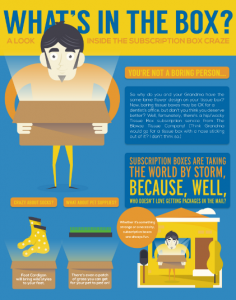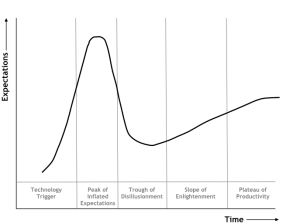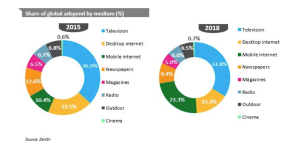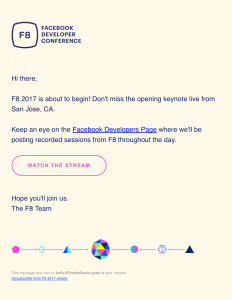Today we are going to look at on page SEO checklist every website should be taking advantage of; this includes new blogs as well.
After all, who doesn’t crave for Google Gods blessings?
This is an infographic checklist that delivers the message in an elegant way.
This checklist was created by Neil Patel so you know its undoubted quality!

Infographic source: Quicksprout.com
SEO Friendly URL
More weight is given to the first 3 to 5 words of a URL according to Matt Cutts of Google.
Examples of Bad URLs:
YourEscapeFrom9to5.com/?p=3155 (Only Numbers)
YourEscapeFrom9to5.com/how-to-use-stumbleupon-to-drive-traffic-and-marketing-infographic (Too Long)
An Example of a Good URL:
YourEscapeFrom9to5.com/user-experience-tips-infographic (Short and Descriptive)
How to Fix Non SEO Friendly URL
- Use a plugin like PrettyLink to redirect the old URLs (in WordPress)
- Update permalink structure (in WordPress)
Title
50 – 60 Characters
Use H1 Tags for the Title (Also use H2 and H3 tags for Subheadings)
Include Target Keywords
Remember, only 512 pixel width of text will be displayed on mobile devices
How to Fix Title Issues
- Use a plugin like Yoast SEO to investigate title and description issues. Yoast gives traffic light rankings for each post. (for WordPress)
Use Multimedia and Visual Content
Use pictures, videos and audio content to your advantage. Each media type has another avenue for promotion. Videos -> YouTube.
Multimedia can keep online visitors engaged and reduce your website bounce rate.
Link to Authority Sites
Outgoing links tell search engines like Google what your page is about. The quality of your external links is a signal to Google of the quality of your page.
Internal Linking is the Best Form of Content Marketing
As a rule of thumb, link to your older posts when you publish a new post. Try to include 2 to 3 links in each post. The key is to internally link to posts naturally. Don’t try to sell a shoe that doesn’t fit the customer’s leg.
Use Keyword in the First 100 Words of the Content
Keyword should not only be part of your title and URL; it should also be part of the Meta description and content. The earlier the keyword appears in all of these elements the better.
How to Fix Keyword Issues?
- Use Yoast SEO to manage keywords and on page SEO elements. (for WordPress)
Use Related Keywords or Similar Words in Your Content
Google uses Latent Semantic Indexing which looks at relative words in the content when ranking websites in the SERP (Search Engine Results Page).
Optimize ALT Tags and Image File Names
ALT tags tell search engines what the image is about. If your image name is ‘image1’ or ‘pic2’ it is useless from a search engine perspective. As a rule of thumb always make the ALT tag descriptive and include keywords. Remember, there is less competition in Google image search and you have a chance of being displayed as one of the images found for a user’s search term.
Website Speed Matters!
If you are stuck in traffic in a slow-moving lane, what do you do? Put the indicator and move to the next lane. What will happen if your website is slow? No indicator, just less traffic. We live in a fast-moving world so test your website speed every once in a while (monthly is a good idea) to make sure your visitors are not lost.
How to Improve Website Speed?
- Glad you asked. Here is an infographic with 16 tips to improve a website’s loading time.
- You can also implement a CDN (Content Delivery Network) to boost loading times. CDN sounds complicated but it is easy to implement. If you are on a budget try CloudFlare CDN which is free.

Leverage Social Sharing Correctly
Use floating social share buttons. They are easy to use, always visible and a constant reminder to the user. Encourage users to share your content. Use hashtags when you post content in social media and share valuable content from others.
Content Length is Strength
Produce long form content that is useful to the viewer. This post not only tells what the on page SEO elements to focus on but also tells you how to fix them. The content length is determined by whatever it takes to get the message across. Some SEO’s will tell you to only write long post content that is 1,500 to 5,000 words.
Mobile Responsive Website is a Must
The number of mobile devices is growing rapidly; so is the number of people using their smart phones to browse the web. A mobile responsive website resizes its web pages based on the device type the user is on. Remember, social media usage on mobile devices is on the high and you don’t want to be losing out.
How to Make your Website Responsive?
- Hire a web developer
- Use a responsive theme (for WordPress)
Wrapping it up
A new website or blog will take time to build up its domain authority (DA) and backlinks. One good habit to get into early is to always focus on, SEO elements on the page as this does not depend on domain authority, domain age or backlinks. On page SEO elements are crucial for search engine traffic and rankings.
If you like this essential on page SEO checklist, then share it!
Digital & Social Articles on Business 2 Community(84)
Report Post







